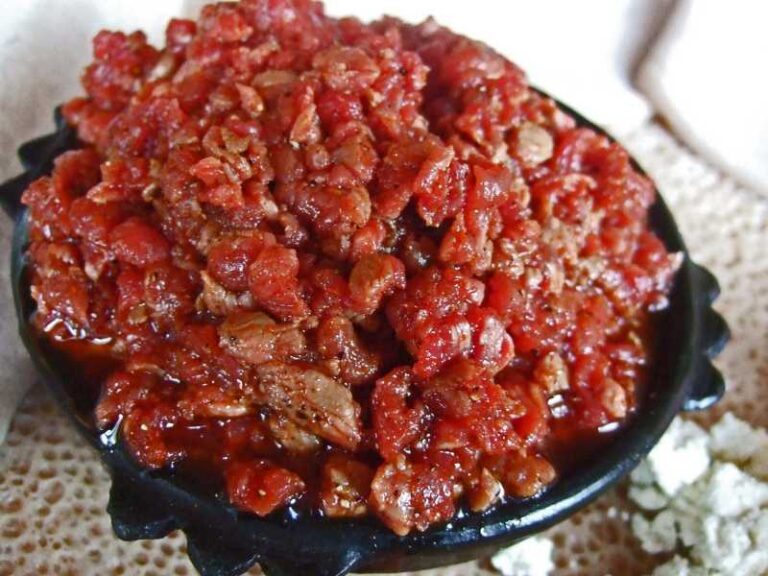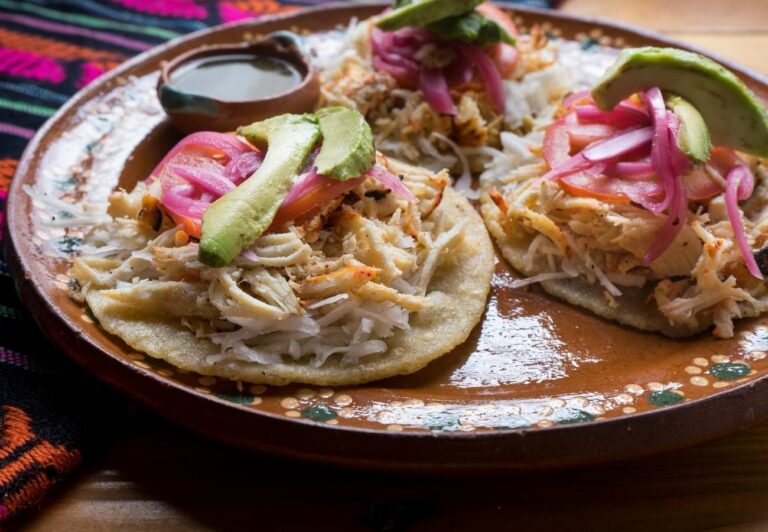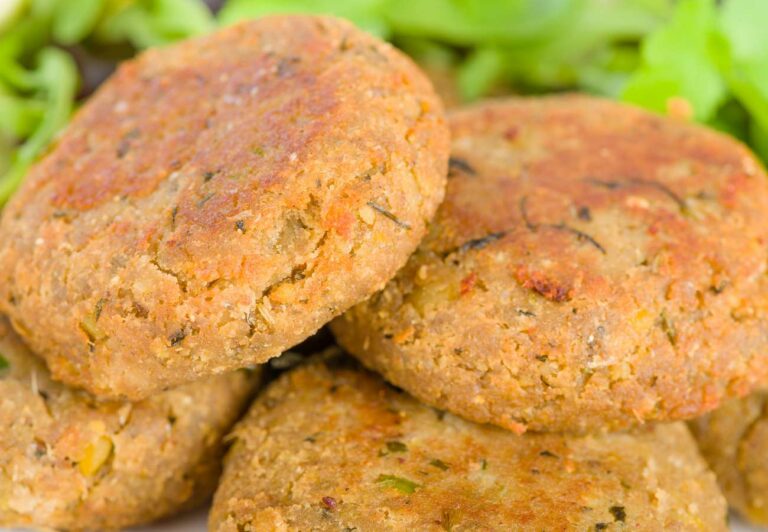Sudanese Food: 11 Traditional Dishes of Sudan
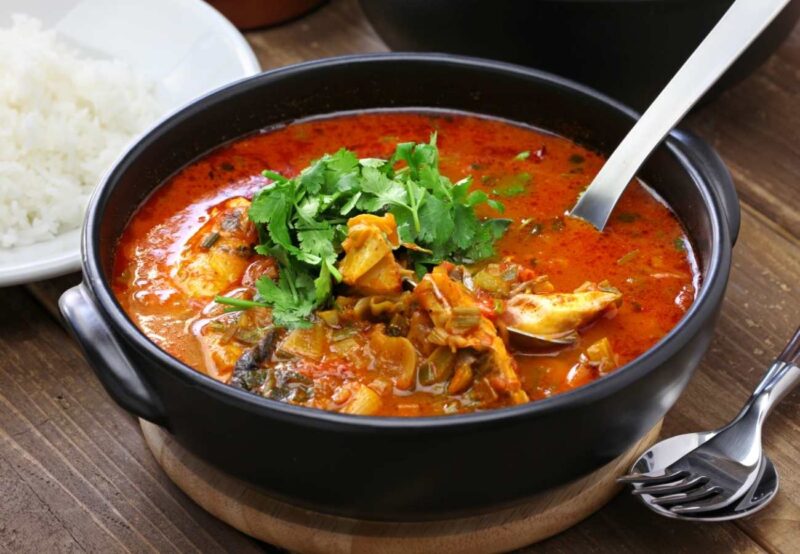
Sudan is a North African country, with a coast on the Red Sea, vast plains, and striking UNESCO world heritage sites. Sudan is home to over 200 ancient pyramids from as early as 2,500 BC, which is even more than can be found in its neighboring country, Egypt.
The food of Sudan has multicultural influences, particularly from the Middle East. There are a lot of ingredients in Sudanese food that can be commonly found in Middle Eastern food, such as cardamom, apricots and cinnamon.
A range of spices are used in Sudanese cuisine, with cumin being the most popular. Dill and coriander are popular garnishes. Alcohol is banned in Sudan, so is not used in any recipes or served to drink with meals. Peanuts, rice, beans, sesame and okra are popular ingredients in many dishes in Sudan.
Meals in Sudan are an important aspect of social affairs, with big communal dishes at the center of large family gatherings. The Sudanese seniyya is a food tray used to hold these dishes, allowing families to sit together and share stories and news over their meal.
Ful Medames (Fava Bean Dish)
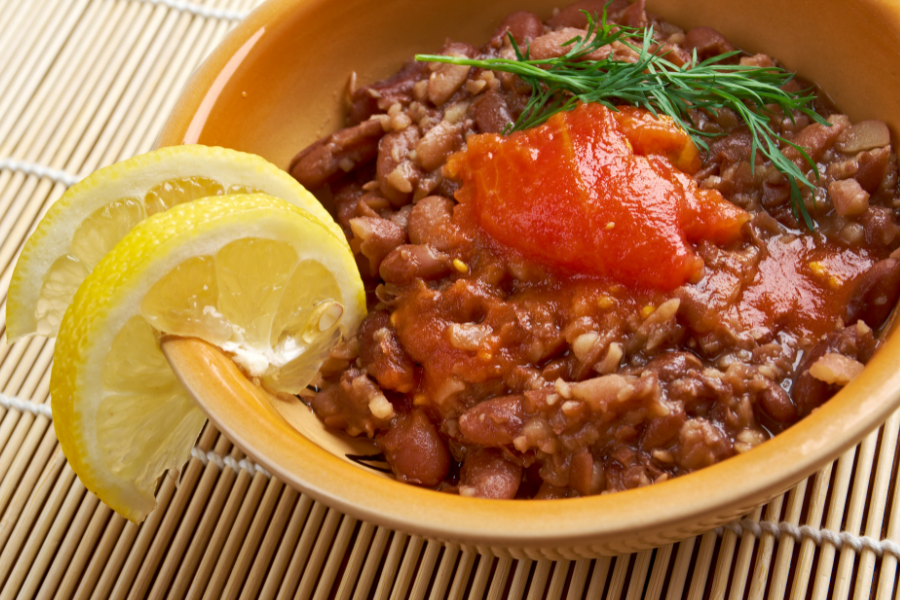
Ful Medames is the national dish of Sudan. This meal is made of cooked fava beans seasoned with cumin and combined with a range of vegetables, chili peppers, lemon juice, garlic and spices.
This dish is almost a cross between a bean dip and a bean salad. Usually, ful medames is prepared in a large quantity and served out of a jug. It can then be served with vegetables on the side or with flatbread to dip.
This dish is also popular in a range of Arabic and West African countries, including Egypt. There are also similar dishes throughout the middle east, such as in Lebanon.
Mullah (Meat Stew) Served with Kisra
ullah is a popular celebratory meal in Sudan; a rich beef stew which is blended to a smooth consistency. It is very commonly eaten with kisra which is a thin Sudanese flatbread made from flour and ghee.
These two dishes are traditionally served together, often as part of a Sudanese seniyya. Kisra is prepared in a similar way to Injera, a thin baked flatbread from Ethiopia.
Tamayya (Chickpea Fritters)
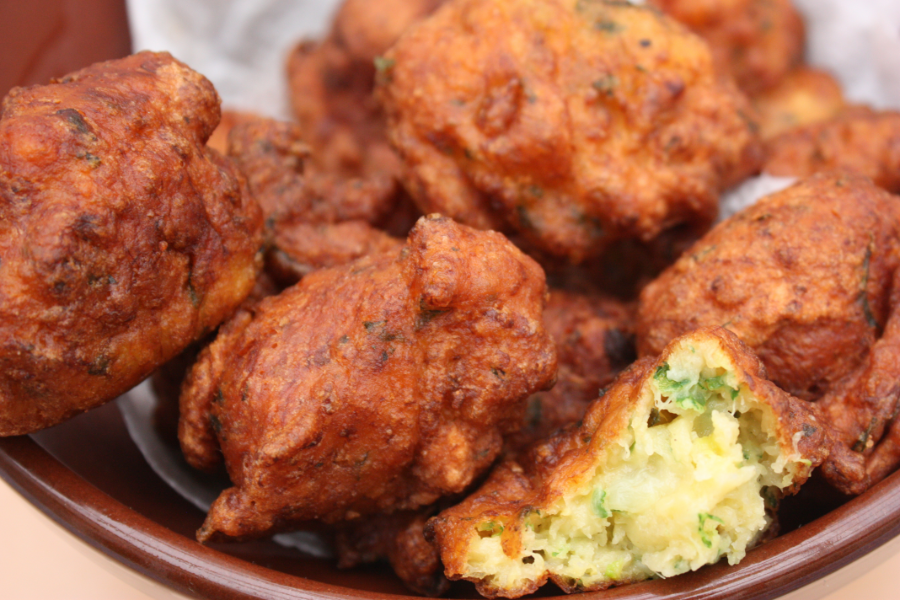
Tamayya are chickpea fritters; they are prepared by seasoning chickpeas with cumin, lemon juice, coriander and garlic, and mashing them into a paste. The paste is then rolled into small balls which are fried until golden-brown.
These are often served in a sandwich, but can also be served on their own with a range of dips. Tamayya are similar to falafel in texture and flavor.
Asseeda (Porridge)
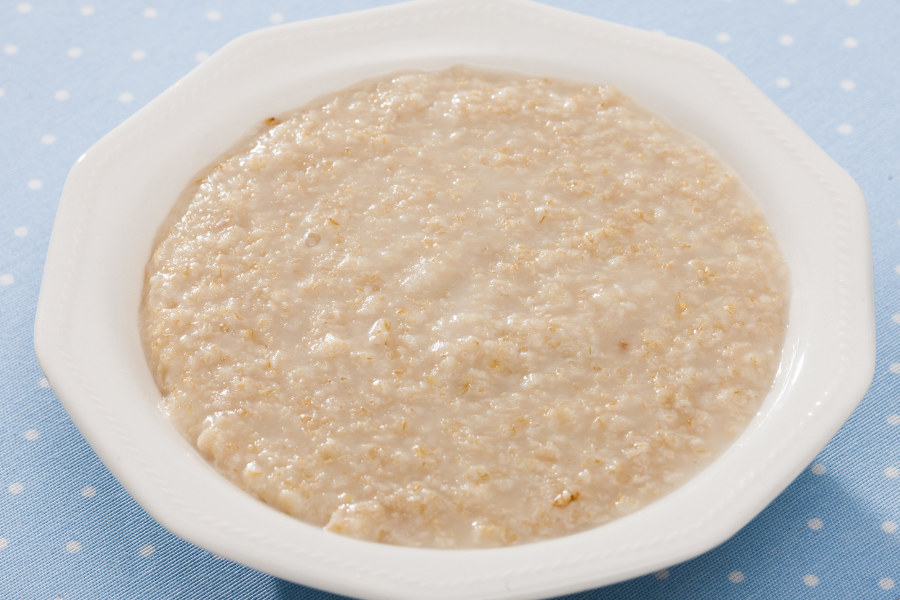
Asseeda is a Sudanese porridge dish that is thought to date back to the 10th century. This dish is very simple; made of just rye, flour and water. It is commonly served as a base to other more flavorful dishes, such as Mullah (stew).
Asseeda can be found as a side dish at many special occasions and also religious holidays such as Ramadan. Honey or butter can also be added to asseeda to make a sweet dessert dish.
This dish has a similar appearance to oatmeal, but also has similarities to polenta, found in Eastern European countries.
Salata Tomatim Bel Daqua (Tomato and Peanut Butter Salad)
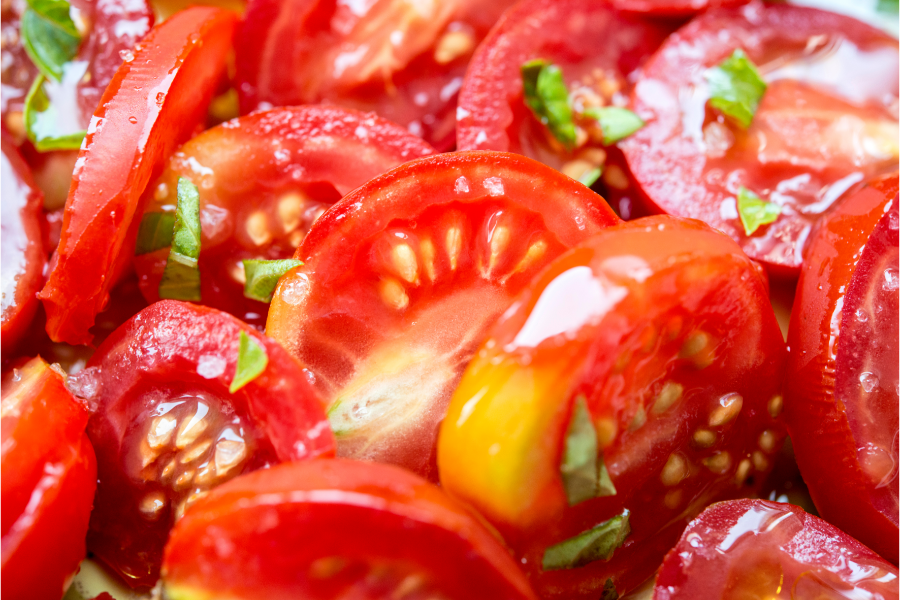
This salad dish combines tomatoes with one of Sudan’s most popular ingredients, peanuts. This fresh salad dish is a popular lunch choice in Sudan, and can be found across the country.
Salata Tomatim Bel Daqua is made of fresh tomatoes, green onions and parsley, with a peanut butter dressing and lime juice.
Kajaik (Fish Stew)
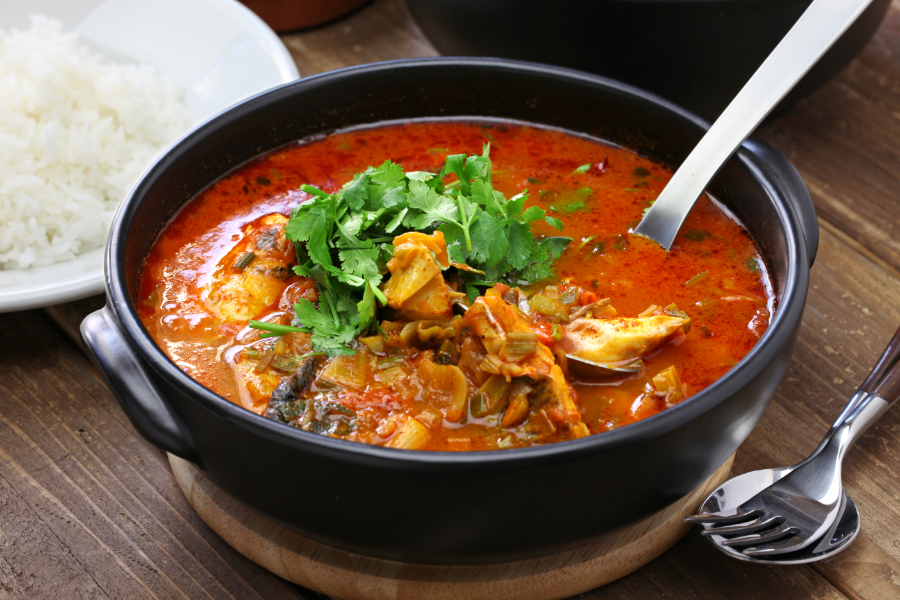
Kajaik is a stew made with freshwater fish; this dish is particularly popular in South Sudan, due to the large number of lakes and rivers in this region.
The freshwater fish is dried, and added to the broth with vegetables. Kajaik is commonly served with asseeda, a Sudanese porridge.
Basbousa (Sweet cake)
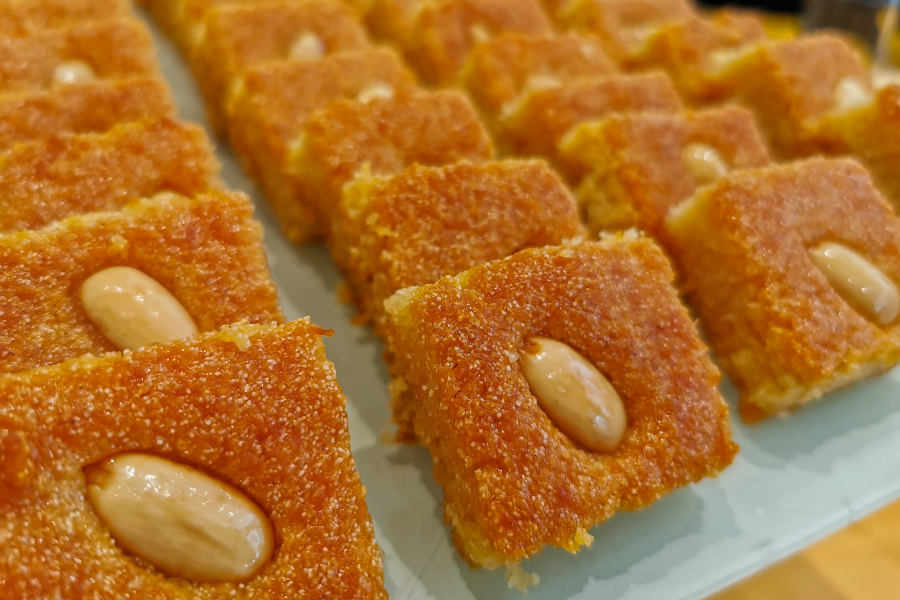
This sweet treat is a Sudanese cake made with semolina. Basbousa is found in many countries in Northern Africa, and is served with syrup and yogurt.
Basbousa can be found in bakeries and street markets across Sudan. The semolina batter is baked in a sheet pan, sweetened with syrup and cut into squares or diamonds.
Moukhbaza (Mashed Bananas)
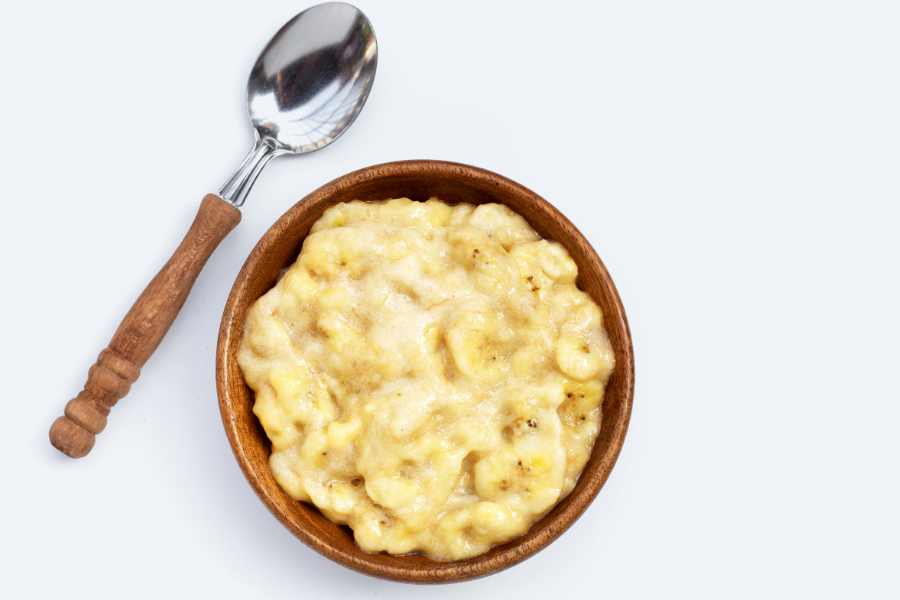
Moukhbaza is an Eastern Sudanese dessert made by mashing ripe bananas and mixing with breadcrumbs and honey.
Moukhbaza may be served as a stand-alone dessert, or it may be stuffed into hollowed out red peppers for a sweet and spicy dish.
Camel Burger
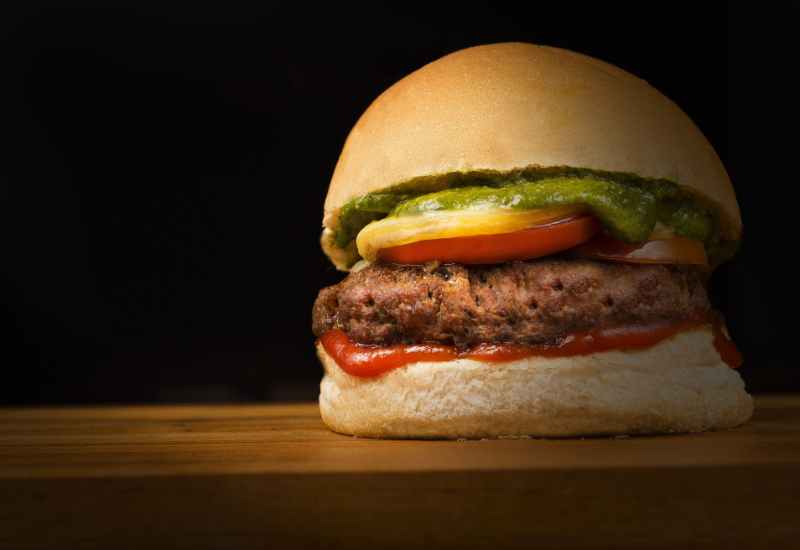
Camel meat is considered to be one of the leanest red meats available. With a little bit of a sweet aftertaste, camel meat is very similar to beef in terms of flavor and texture. A camel burger also looks relatively similar to a traditional beef burger.
Camel meat contains less cholesterol and is very rich in protein compared to other red meats. The hump is considered to be the most delicious part as it is way more tender and fattier than the other parts of the animal.
Mandazi (Deep Fried Dough)
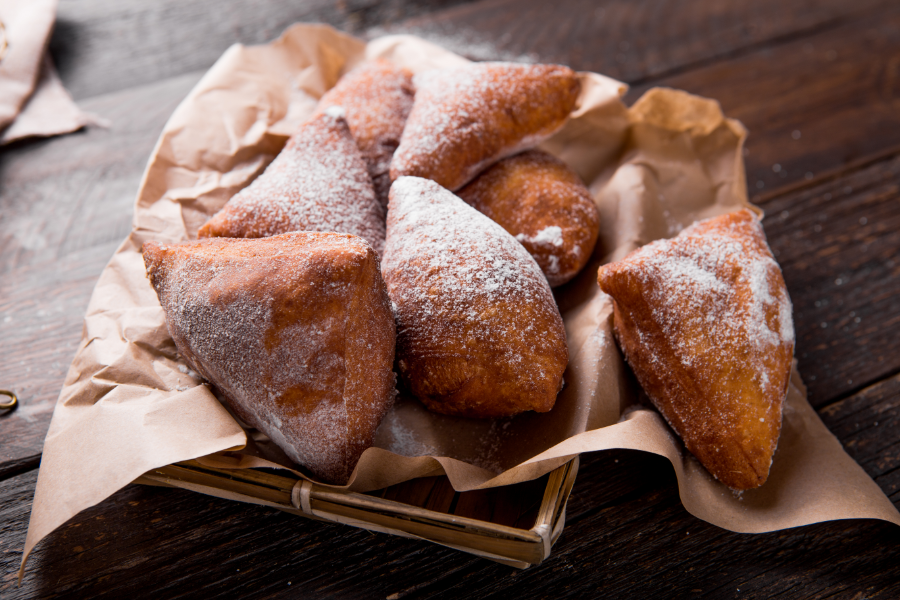
Another popular Sudanese dessert is Mandazi, a deep-fried dough filled with fruit and covered with powdered sugar. Mandazi are similar to sweet doughnuts, but are typically made in triangle shapes.
These sweet treats are commonly eaten for breakfast, as a snack or as a dessert after meals. Mandazi may be served with fruit flavored dips, but are also served alone.
Karkade (Hibiscus Drink)
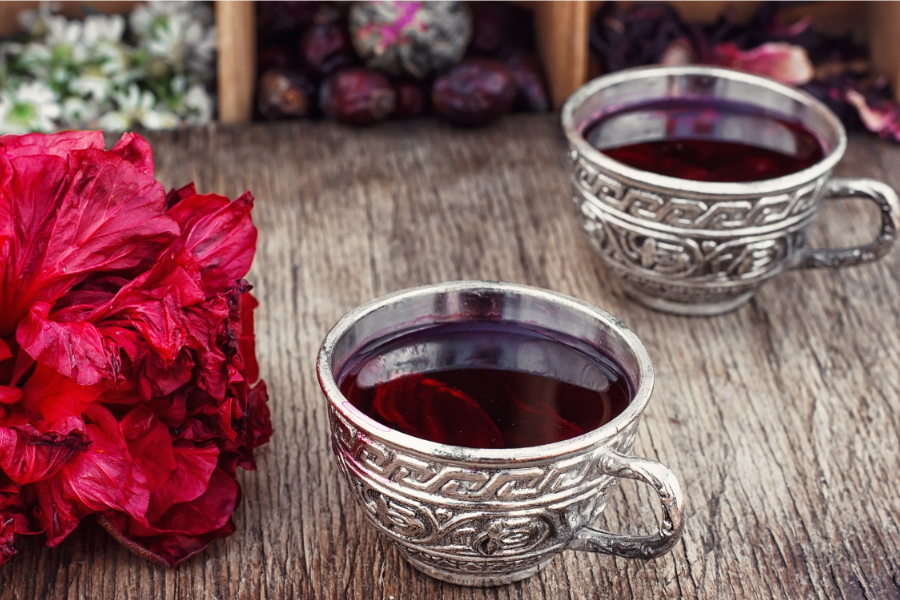
Karkade is a hibiscus herbal tea drink which is very popular in Sudan. Hibiscus sabdarrifa petals are dried and soaked in water to make this bright red herbal tea.
Karkade is usually served over ice as a refreshing iced herbal tea to help cool you down. This drink was often served as a remedy in the past; it was thought to heal aching limbs and help with cold/flu symptoms.

